Featured in
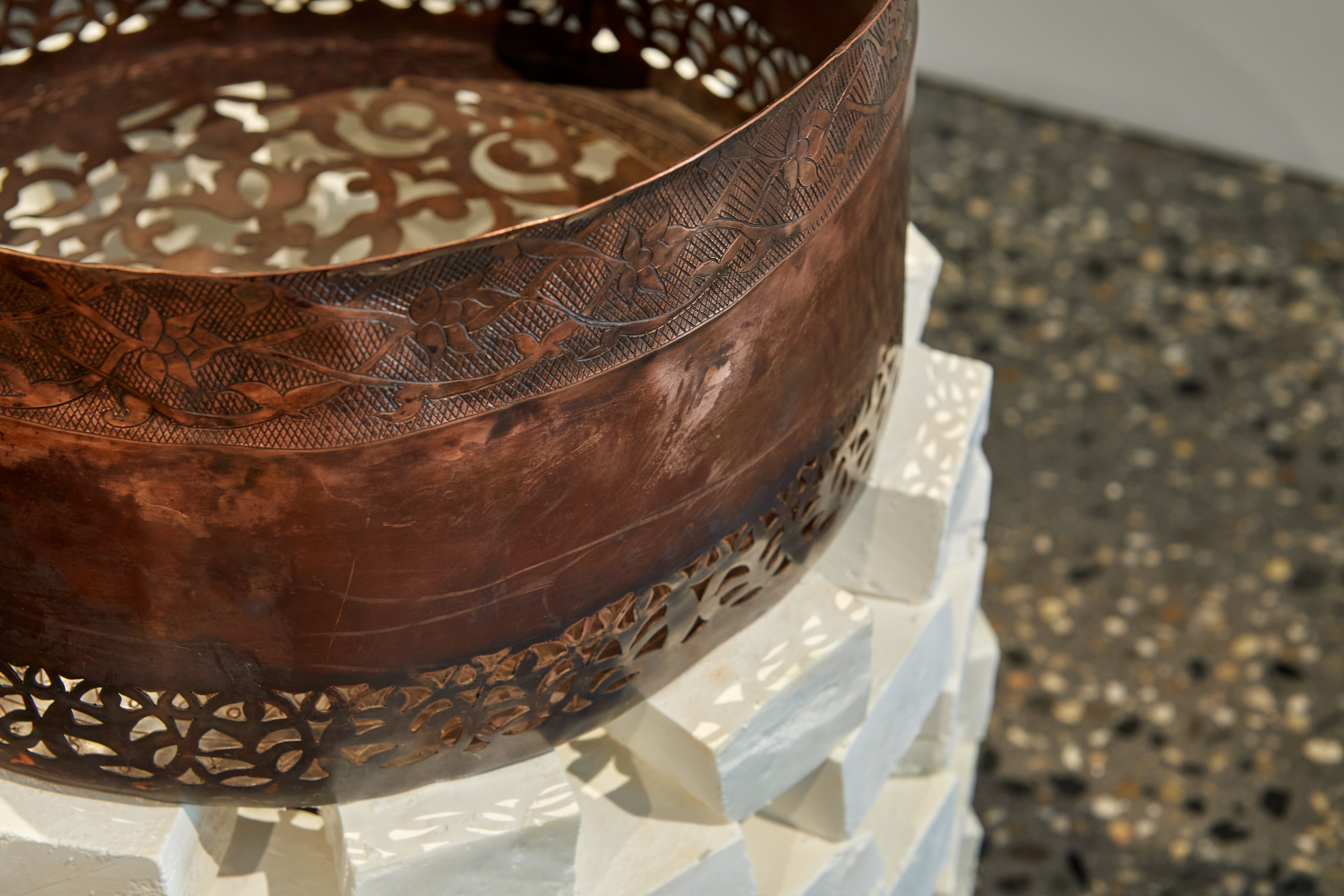
از محبت تلخها شیرین شود
از محبت مسها زرین شود
– Rumi
I STAND NEXT to the stove as my mother brings a cezve to a near boil. It’s a small copper pot with a handle, its body engraved with swirls and curlicues, the significance of which I don’t understand. The liquid inside foams briefly, expands, before she turns the heat down and the coffee settles, pulled back from the brink of spilling over the rim. I don’t have the ability to guide this process; I don’t have the control. Instead I make myself useful by doling out cups and I watch as she pours what she has made into each one, careful to distribute the quantity of foam between them equally. Preparing Turkish coffee well takes practice: it’s a skill that sits between an art and a science, honed through centuries and steeped in tradition. There is a specific way to do this, and it is associated with specific cultural practices: maybe a kız isteme merasım, or the ceremony that precedes a fortune-telling, which uses coffee grounds accumulated at the bottom of a cup.
Multimedia installation artist Shireen Taweel knows that copper often finds its way into objects of ritual. It adorns places of worship in the mosque; it fuels sites of public cleansing and sociality in the hammam; and it provides the vessels of eating and drinking via cookware. Copper is ubiquitous in the rites that bring humans together, worked and processed through collective labour. In regions that maintain traditional practices – France, India, Greece, Turkey – an area’s copperworkers tend to form a nested ecosystem, a social economy producing culinary items such as pans, as well as more decorative and devotional items including sculptures, statues and jewellery. Entire towns can trade in metal, each contributor supplying their particular skill to one step of the process, none of them able to complete their work without the other. Form-makers rely on engravers; engravers rely on beaters; beaters rely on tinsmiths. These production lines are human rather than Taylorist. The opposite of automated, they are deeply peopled: made up of families who possess a single specialisation and of generations who pass this knowledge down to their children in turn.
Taweel has learnt a significant portion of the intricate techniques that she employs from a copper-working co-operative where she gained an apprenticeship in Gaziantep, in south-central Turkey. As with preparing Turkish coffee – where the way to be good is through practice, observation and repetition, using your eyes and hands, knowing how the liquid behaves in the vessel before it burns and understanding what the end product is used for – Taweel knows that immersion is vital to her copper craft. Before she spent these weeks in Turkey, she says, she understood copper-working methods in the abstract, having studied them formally. Here, instead, method ran alongside culture, and she learnt the more important lesson of how the material sat inside its cultural context. What practices mean rather than simply what they are.
James C Scott, an anthropologist and political scientist, called this metis, practical knowledge, a know-how born of familiarity with local customs and contexts, refined through repetition and in-situ learning. Metis is at the heart of what it means to be an artisan, to create objects by hand with so much skill that it is art.
I am obsessed with the art of Shireen Taweel. Shireen Taweel is obsessed with copper.
I WAS STANDING next to a mosh pit at the Big Day Out music festival in 2013, the last ever held in Sydney. The girl to my left was clutching the barricade, white-knuckled, screaming out the lyrics to the Killers’ ‘Mr Brightside’with singer Brandon Flowers only about twenty metres away from her. She had tears in her eyes and, during a lull between songs, she turned to me and yelled, ‘I’m sorry!’, apologetic for the fervour she was demonstrating. At a loss, I called back, ‘No, no, don’t worry. I wish I could care about anything as much as you care about this.’ It wasn’t a backhanded compliment, but one that was genuinely felt.
That: I want that.
EACH PIECE SHIREEN Taweel produces requires months of daily work. We discuss what that means in the context of a society that demands and rewards a kind of restless freneticism. Everything has to happen right now. Just-in-time supply chains deliver groceries to supermarket shelves. On-demand services – for food, for transport – fulfil desires the moment they arise. Fashion is fast. In the arts, works are responsive and reactive, always requiring us to speak back to a current dispensation rather than to the past or to the future. It’s like trying to treat your own gunshot wound. Taweel and I discuss what is lost when we sacrifice slowness for urgency. Ideas do not always surface in a way that’s straightforward or immediate, explains Taweel. She pushes her ideas through copper and they start a conversation: concepts and material dialogue emerge through process, facilitating new connections, allowing ideas to be turned over and over again until they feel resolved, complete.
In other words, sometimes things have to brew.
These works make me realise that I am impatient. More than that, I am cocky, or simply wrong, having been fooled into thinking that the same quality can sometimes be achieved quickly, by dashing off something misshapen. Through a conversation with Taweel’s work, I am trying to unlearn the economism that underpins how we approach so much today, a belief that we can eliminate, or radically shorten, process and still have the end product come out the same. This ideology underpins the post-industrial rise of automation, which has been sold to us as labour-saving. I’m not convinced we do anything with all that labour that we save, except more and other labour. Instead, I suspect that automation has only really succeeded at estranging people from their work. While manual labour is often associated with unskilled, blue-collar work, Taweel recovers other ways of conceptualising physical work. Why save labour when you can put in effort? The term el emeği, a Turkish phrase the connotations of which are only positive, recognises that to do things by hand, to do things effortfully, is a virtue in and of itself and is valuable in and of itself.
That there is a newly rising demand for slow work is undeniable. Taweel tells me that Gaziantep’s copper products remain highly popular; they are valued specifically because they are handmade. It is common to talk about artisanship as if it were dying, and indeed the market for copper wares is smaller in the context of so many other items that are mass produced. But bakırcılık – coppersmithing – is, for those who practise it, a living art. Not a heritage craft, but one woven into the ongoing social fabric of life.
In a similar vein, artists across multiple other media have attempted to respond to the neoliberal premium placed on speed by creating ‘slow art’ experiences at museums – ones that require viewers to look for minutes rather than the twenty- or thirty-second glance that has become routine – or via the phenomenon of ‘slow TV’, a Norwegian documentary genre. I discovered the latter through SBS Viceland’s The Ghan: The Full Journey, a seventeen-hour documentary that depicted the 3,000-kilometre passage of the famous passenger train as it traversed Australia from Adelaide to Darwin. The film went viral in 2018.
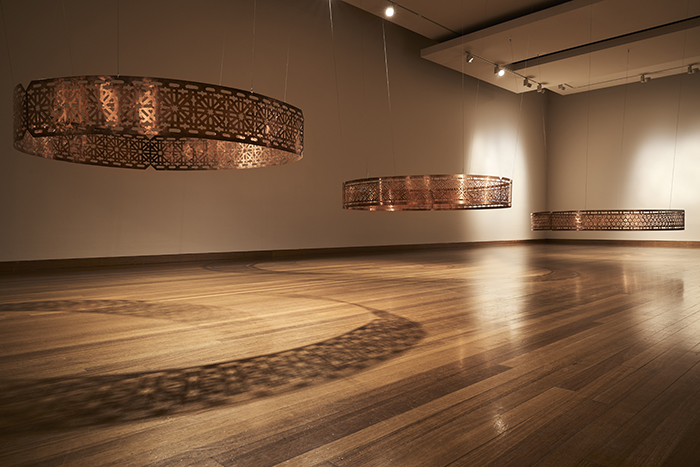
tracing transcendence, 2018–2021, pierced copper and sound installation. Image by Leon Schoots. Collection of the Art Gallery of New South Wales.
One of Taweel’s most affecting works, tracing transcendence (2018), follows the history of Muslim cameleers – nineteenth-century camel drivers, primarily Afghan – whose route now gives the iconic train line its name as it carves through Australia’s so-called outback. This work – alongside from Broken Hill to Campbelltown (2018), which also engages the legacy of early mosques built out of and into the Australian landscape – can be read as being just as devotional as the religious men who inspired the mosques’ creation.
Taweel is devoted to this material. She supplies it with her time, commitment and energy without ever feeling like she’d rather be somewhere else, or working on something else. When I ask her if she ever wakes up and thinks, I’m sick of this, she responds, ‘No. I feel so happy I get to work on these pieces that I make. I’m content and I feel satisfied.’
And tracing transcendence does inspire in the viewer the same equanimity that underpinned its creation: hand-pierced and hand-sawn, its objects have been made elaborate with care. They command attention exactly because they have commanded so much attention – the complete, undivided focus – from their creator. To create these sculptures, Taweel has used blades sometimes as thin as a single hair, making thousands of cuts onto large copper sheets. Each cut requires full physical and mental presence: the work is delicate and any missteps result in broken equipment or irreversible errors in the work. Over time, she says, you get better and you learn to focus.
In other words, you learn to be present.
To look at this work is meditative in itself: it recalls the sacred, thanks to the veneration it has been shown and imbued with and that it now reflects back outward. Like stained glass adorning Catholic churches, the channelling of beauty by transforming the earthly and the material into the divine is one means of evoking the transcendental: such adornments point a pathway towards God. Or they point to a history; they point to the men who faced God. tracing transcendence honours this often-forgotten migration history and the alternate ways these cameleers found of relating to their environment. This, as Taweel emphasises, has been very distinct from the approach of white colonists who have often emphasised the harshness, aridity and sheer lack of fecundity of this continent and capitalised on its natural resources to build guns, bombs, prisons and trains. The Ghans, on the other hand, pulled and shaped a mosque out of the earth, underscoring an idea of co-existence with the natural environment and First Nations communities somewhat more harmoniously, says Taweel. tracing transcendence implies a non-extractivist lens through which to understand so-called Australia. As Taweel demonstrates, copper is not just a commodity but also a means of connecting with the spiritual. It’s eternal, she points out. It doesn’t age. To touch it is to touch the history of the land, to access the great productivity of land that has given rise to wonder and sorrow, that has nourished and ultimately received many of our forebears back into it.
WE RELY ON rituals to live: they supply not only sociality but also order. When I was a child, prayer was an important part of my routine – before bed each night I recited all the Arabic I had committed to memory by rote (Bismillah al-rahman al-rahim…ashhadu an la ilaha illallah wa ashhadu anna Muhammadan abduhu wa rasuluh), which I lost or let fall by the wayside as I got older.
In the context of Sydney’s Covid lockdowns in 2021, Taweel and I discuss missing routines. We discuss missing seeing other people, even the ordinary bump-ins of office hallways. This is how I first encountered Taweel, in fact, shyly watching her as she stepped in or out of her workspace at the Parramatta Artists’ Studios. ‘I must have been in my own world,’ she says when I remark that I’m glad she hadn’t noticed my odd spying. I ask how she is coping with working in a smaller space, her workshop now confined to her home. She is working on a project that responds to the hammam, a place of public bathing that has long been central to Islamic life. Taweel remarks that the hammam is full of copper, and I imagine it lit up, glowing. One candle, she says, can heat an entire hammam’s water supply thanks to the sheer conductivity of copper as a material. Through the purely practical purposes of energy conservation and the design of cities’ public infrastructure and sanitation, copper has forced people together.
We come together over copper.
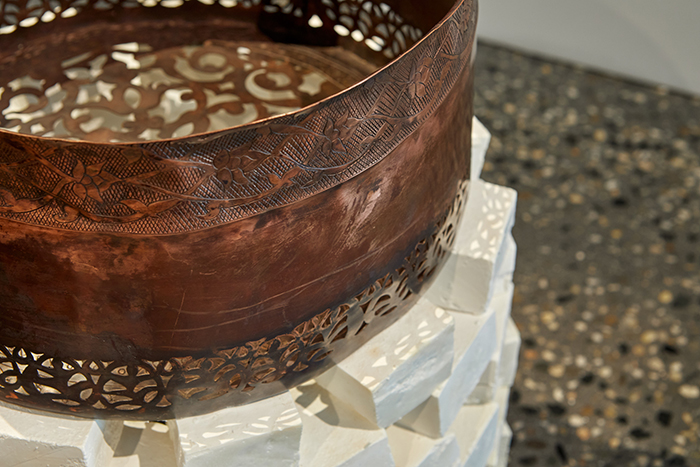
Bathe in Light, 2020, (detail) engraved and pierced copper, olive oil soap. Image by Jeremy Weihrauch.
Bathe in Light (2020) reflects the shift between the public and the private around practices such as hygiene, which used to take place in the open, with other people, an aspect of public health. It’s an artwork that is all the more relevant as hygiene and sanitation have, once again, collapsed out of the private sphere to be pulled back into the public arena: this sculpture is propped up on a column of handmade olive oil soap, and all I can think – having survived the great soap and toilet paper shortages of 2020 – is that soap is in fact a basis, a foundation, for life. Across the past eighteen months, even the simple act of washing my hands has risen to the level of ritual: over the front and the back, then driving circles into my palms, then digging between the webbing of my fingers, lathering for at least twenty seconds.
This may sound a cold, clinical ritual, but Taweel renders a version of it warmly: her sculpture is pierced at the base with natural motifs, evoking plant life and what it means to be organic, to be a fragile creature with permeable skin, to be able to be felled by a fine layer of dirt or germs. We are delicate things: we like sitting back and resting our arms up on the rim of the tub; the feel of gently running water or a cloth over our bodies. We like watching the way the light catches copper, darkening it in places, setting it alight in others. We like watching the way that light passes through objects that we create, live with or worship: the shadows that fall that are of our own making. Throughout our conversation Taweel refers to the artisans and coppersmiths we discuss as makers. I adore this term: that it is both generic and literal, getting at what unites everyone who produces anything, from my father, who builds houses using bricks, to sculptors whose works sit in the Tate. The term also seems to gesture at what is spiritual about the mundane, what links us up to our own makers – if indeed we have them. I see making everywhere once I start noticing it: I look in the mirror and I purse my lips and make-up my face. I stand in front of my espresso machine, not really inclined to prepare Turkish coffee at home just for myself, and I pay more attention to the way I am using my hands, fashioning something out of something else; briefly a god.
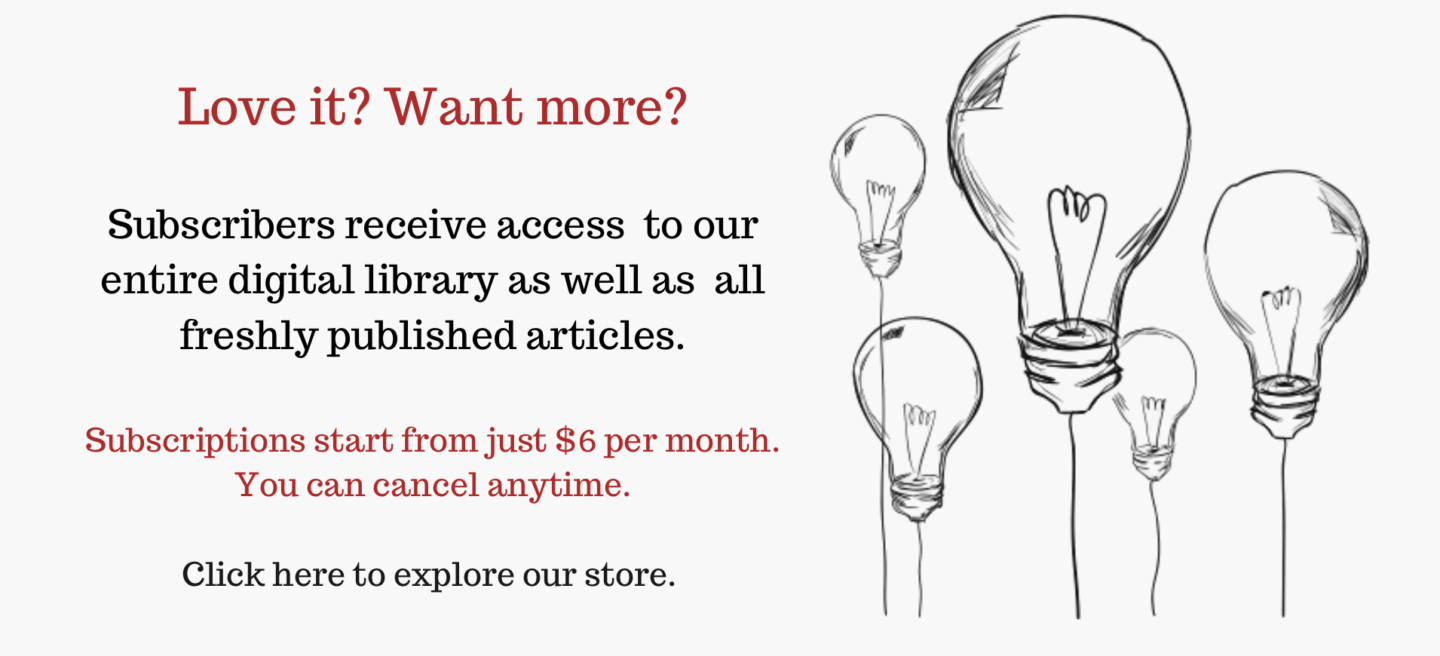
Share article
About the author
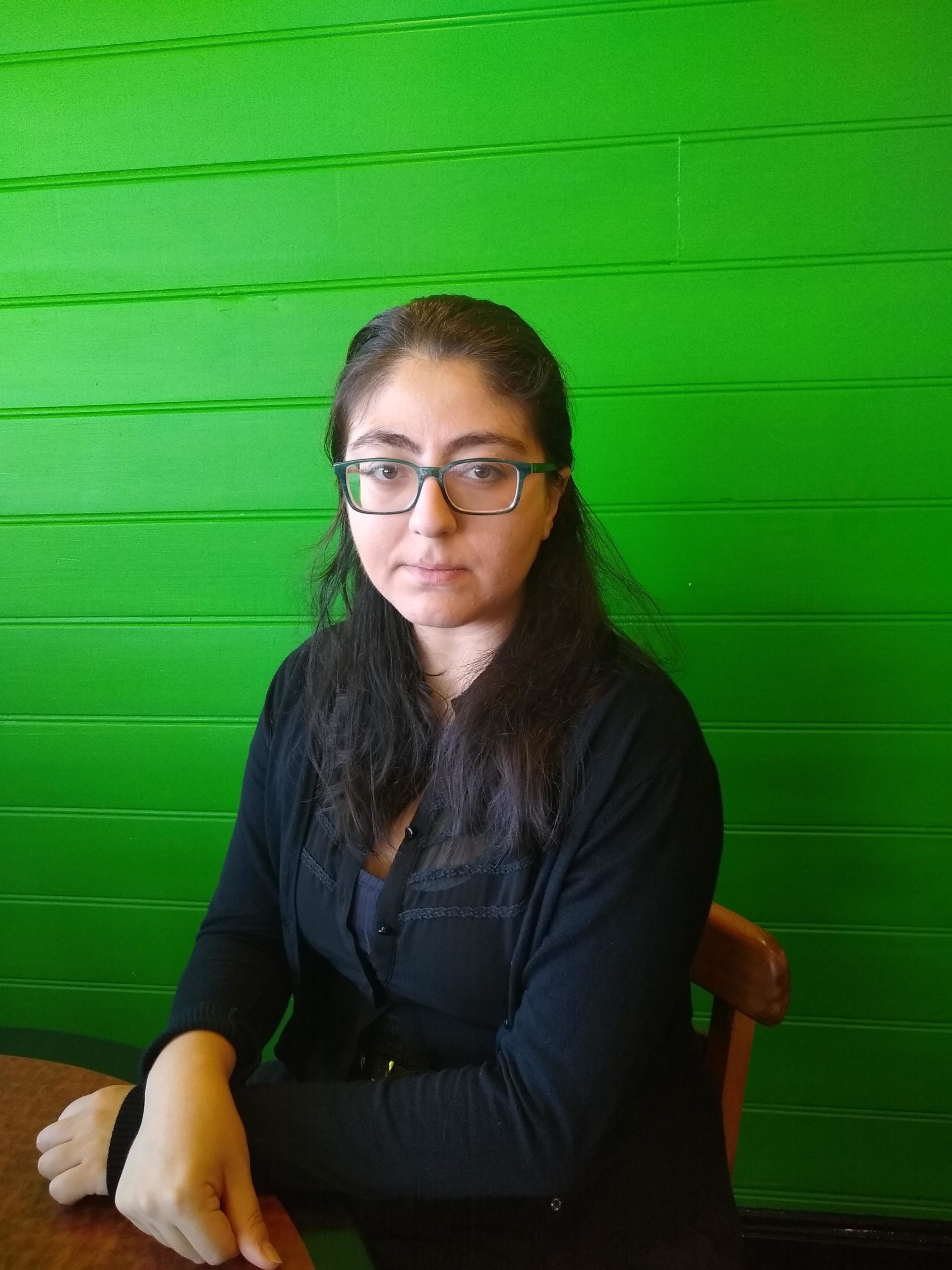
Eda Gunaydin
Eda Gunaydin is a Turkish-Australian writer and researcher interested in class, race and diaspora. You can find her essays and creative non-fiction in Meanjin,...